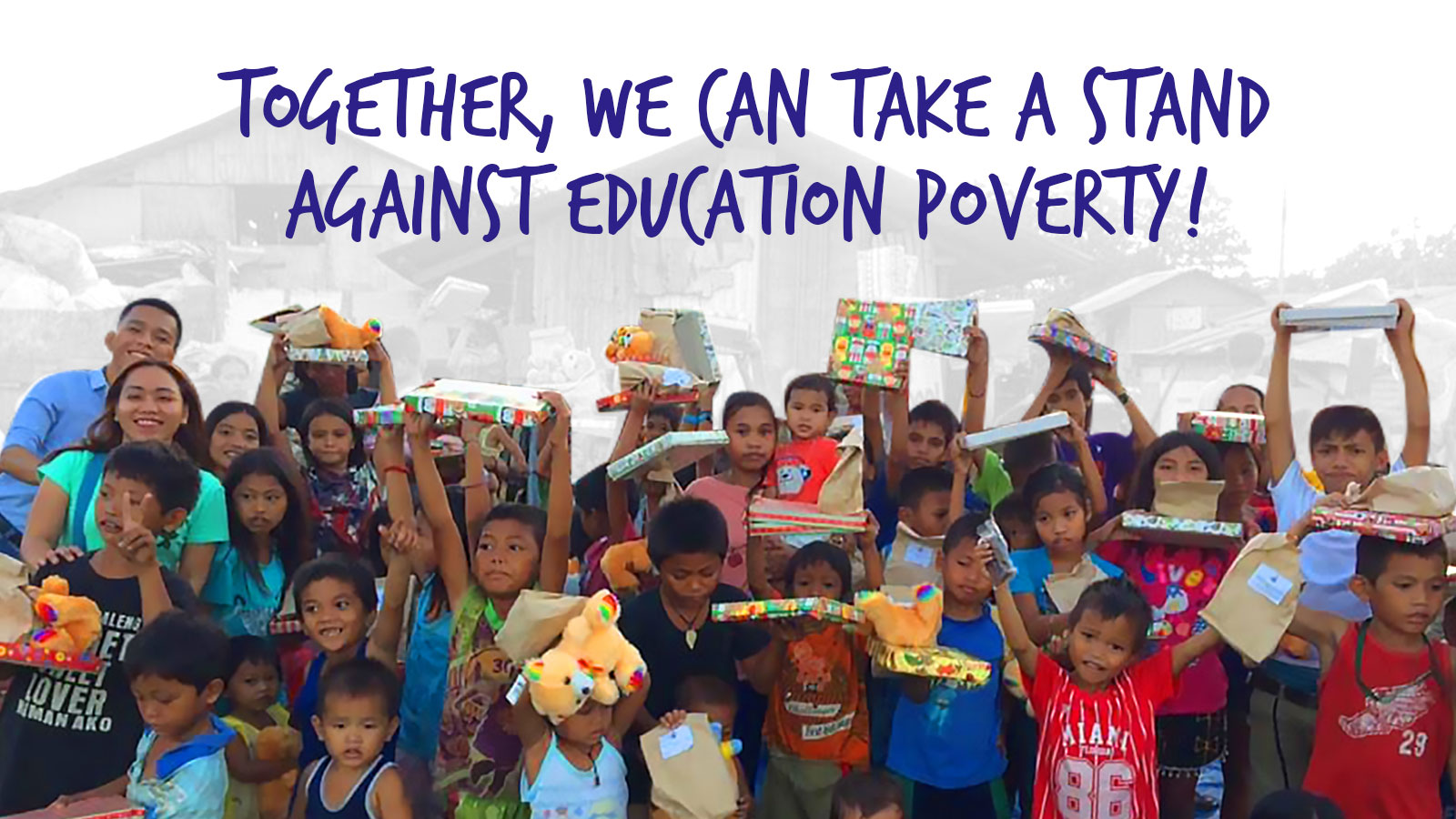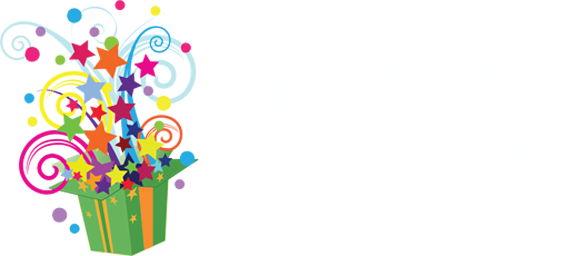THE STATE OF EDUCATION POVERTY IN THE PHILIPPINES
By Carlo Fernandez, Dream Builder

A quality education is essential for any child to be able to pursue their #BiggerDreams. But unfortunately, this fundamental right can seem like a privilege to most children. This inequality has resulted in issues like education poverty that threaten the brighter futures of our next generation of learners.
What is Education Poverty?
The World Bank defines education poverty as the inability of a child to read by the age of 10. Reading is essential for any child to get through their education, and this issue can effectively hamper their progress. Children should be able to gain this skill during their developmental years. If not addressed right away, it can be difficult for them to learn later in life.
What is The Current State of Education Poverty in the Philippines?
We are currently lagging in terms of international standards when it comes to addressing education poverty. Based on a study in 2022, we ranked at the bottom of ASEAN countries with a 90.9% education poverty rate among students. There’s also a report that reveals only 10% to 22% of Grade 4, 5, and 9 students in the Philippines recorded scores that were “at or above minimum proficiency.”
What factors have led to this situation?
At a glance, there isn’t a main problem behind these rates but rather multiple interconnected factors that have led to educational poverty being as prevalent as it is.
1. FINANCIAL LIMITATIONS
For the majority of families, this is the main barrier preventing students from receiving a quality education. They don’t have the privilege to consistently send their children to school, which in turn stunts their development. There are also instances of kids leaving school prematurely so they can start working to support their families.
2. LACK OF DIGITAL LITERACY
As education continues to shift to more digital forms, there’s still a huge number of Filipinos who lack access to technology essential for online learning. Without proper training, they aren’t able to adapt to these methods as compared to a traditional classroom setting.
3. LACK OF SUPPORT FOR TEACHERS
At 29 students for every teacher, the Philippines has one of the highest pupil-to-teacher ratios for primary education among ASEAN countries. This ratio has led to teachers not being able to focus on all their students’ needs, a less-than-ideal situation for quality learning.
4. LACK OF GOVERNMENT INVESTMENT IN PUBLIC EDUCATION
Public schools remain the most viable for a majority of Filipino students. Unfortunately, there isn’t adequate support from the government to maintain these institutions. From a lack of equipment to schools having to cater to larger areas, there are a lot of issues that have led to students and even teachers not being able to properly go about their classes.
What Can We Do as a Community To Improve This Situation?
As a community, we can play a valuable role in reducing education poverty in the Philippines. Parents can take a more active part by filling in the gaps their schools might miss. For those without the privilege of time to dedicate themselves to this, there are also livelihood programs and organizations focused on helping with these kinds of issues that you can support, like My Dream in a Shoebox.
How Does My Dream in a Shoebox Address Education Poverty?
My Dream in a Shoebox’s mission is to provide students from underprivileged areas with the support they need to have a quality education. We provide students with learning resources and school supplies to help them overcome the factors that may be getting in the way of their learning.
Here are some of our main initiatives:
1. Funding Educational Hubs
Through its partnership with Yellow Boat of Hope, MDIAS aims to build E-hubs in far-flung areas to give them access to technology that can improve a student’s education.
2. Supporting Community Scholars
Every donation finances a child’s needs for their school projects, their parent’s transportation expenses so our scholars can get their self-learning modules from their school, and hygiene kits for their daily needs.
3. Donating Dream Kits
Dream kits are the campaign’s signature shoe boxes filled with school supplies and essential tools for a student’s education.
Make a Contribution Today!
With the current state of our education poverty situation, any positive change can always swing it back in the right direction. Through our efforts to give young learners the resources they need to continue their studies, My Dream in a Shoebox hopes to make quality education more accessible to more students across the country through their reliable outreach program in the Philippines.
By working together, we can help these children dream of a brighter tomorrow.

 facebook.com/mydreaminashoebox
facebook.com/mydreaminashoebox instagram.com/mydreaminashoebox
instagram.com/mydreaminashoebox